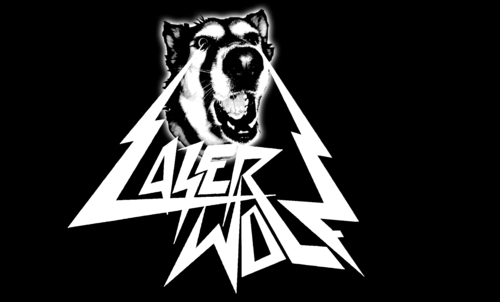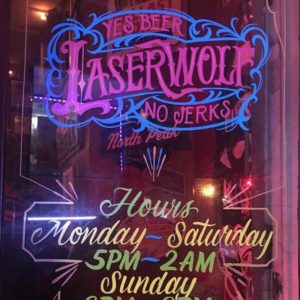

Nd:YAG dental lasers have been used for the removal of dental caries as an alternative to drill therapy, although evidence supporting its use is of low quality. The merits of laser treatment of these infections are not yet clear, and research is being done to establish effectiveness. In podiatry, the Nd:YAG laser is being used to treat onychomycosis, which is fungus infection of the toenail. Using hysteroscopy the Nd:YAG laser has been used for removal of uterine septa within the inside of the uterus.
#Laser wolf liquid skin
Recently Nd:YAG lasers have been used for treating dissecting cellulitis of the scalp, a rare skin disease. Nd:YAG lasers are also used to treat venous lake lip lesions. These lasers are also used extensively in the field of cosmetic medicine for laser hair removal and the treatment of minor vascular defects such as spider veins on the face and legs. To treat benign prostatic hyperplasia (BPH), Nd:YAG lasers can be used for laser prostate surgery-a form of transurethral resection of the prostate. They are also used to reduce benign thyroid nodules, and to destroy primary and secondary malignant liver lesions. In oncology, Nd:YAG lasers can be used to remove skin cancers. Nd:YAG lasers emitting light at 1064 nm have been the most widely used laser for laser-induced thermotherapy, in which benign or malignant lesions in various organs are ablated by the beam.

Nd:YAG lasers are used in ophthalmology to correct posterior capsular opacification, after cataract surgery, for peripheral iridotomy in patients with chronic and acute angle-closure glaucoma, where it has largely superseded surgical iridectomy, for the treatment of vitreous eye floaters, for pan-retinal photocoagulation in the treatment of proliferative diabetic retinopathy, and to damage the retina in ophthalmology animal research. Slit lamp photograph of posterior capsular opacification visible a few months after implantation of intraocular lens in eye, seen on retroillumination Prestabilized laser (PSL) types of Nd:YAG lasers have proved to be particularly useful in providing the main beams for gravitational wave interferometers such as LIGO, VIRGO, GEO600 and TAMA.

Nd:YAG lasers and variants are pumped either by flashtubes, continuous gas discharge lamps, or near-infrared laser diodes ( DPSS lasers).

A particular host material is chosen in order to obtain a desired combination of optical, mechanical, and thermal properties. Other common host materials for neodymium are: YLF ( yttrium lithium fluoride, 10 nm), YVO 4 ( yttrium orthovanadate, 1064 nm), and glass. The lightly doped CW rods can be optically distinguished by being less colored, almost white, while higher-doped rods are pink-purplish. For continuous wave output, the doping is significantly lower than for pulsed lasers. The amount of the neodymium dopant in the material varies according to its use. The former are therefore more efficient for pumping Nd:YAG lasers. At low current densities krypton flashlamps have higher output in those bands than do the more common xenon lamps, which produce more light at around 900 nm. Nd:YAG absorbs mostly in the bands between 730–760 nm and 790–820 nm. The high-intensity pulses may be efficiently frequency doubled to generate laser light at 532 nm, or higher harmonics at 355, 266 and 213 nm. In this Q-switched mode, output powers of 250 megawatts and pulse durations of 10 to 25 nanoseconds have been achieved. Then the light wave can run through the cavity, depopulating the excited laser medium at maximum population inversion. Pulsed Nd:YAG lasers are typically operated in the so-called Q-switching mode: An optical switch is inserted in the laser cavity waiting for a maximum population inversion in the neodymium ions before it opens. Nd:YAG lasers operate in both pulsed and continuous mode. However, there are also transitions near 946, 1120, 1320, and 1440 nm. Nd:YAG lasers typically emit light with a wavelength of 1064 nm, in the infrared. These are one of the most common types of laser, and are used for many different applications. Nd: YAG lasers are optically pumped using a flashtube or laser diodes. Neodymium ions in various types of ionic crystals, and also in glasses, act as a laser gain medium, typically emitting 1064 nm light from a particular atomic transition in the neodymium ion, after being "pumped" into excitation from an external source


 0 kommentar(er)
0 kommentar(er)
